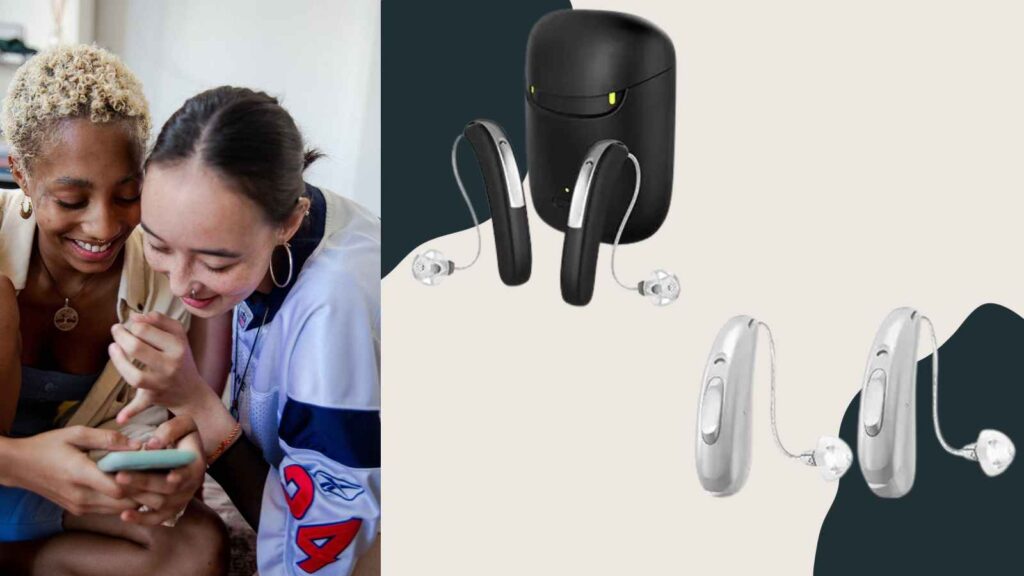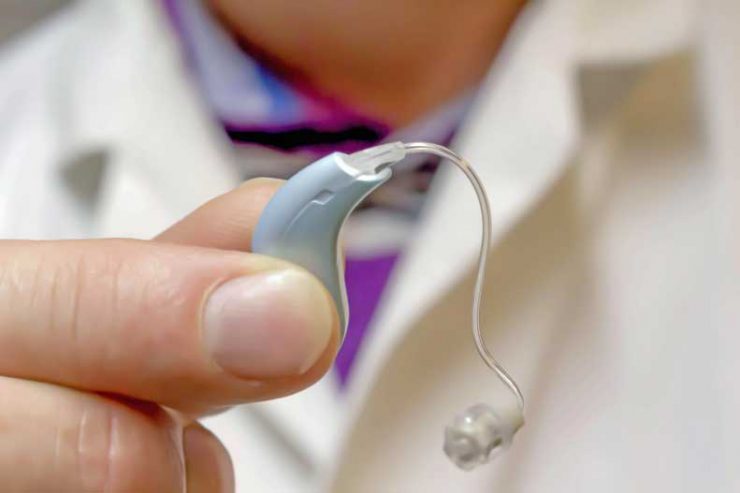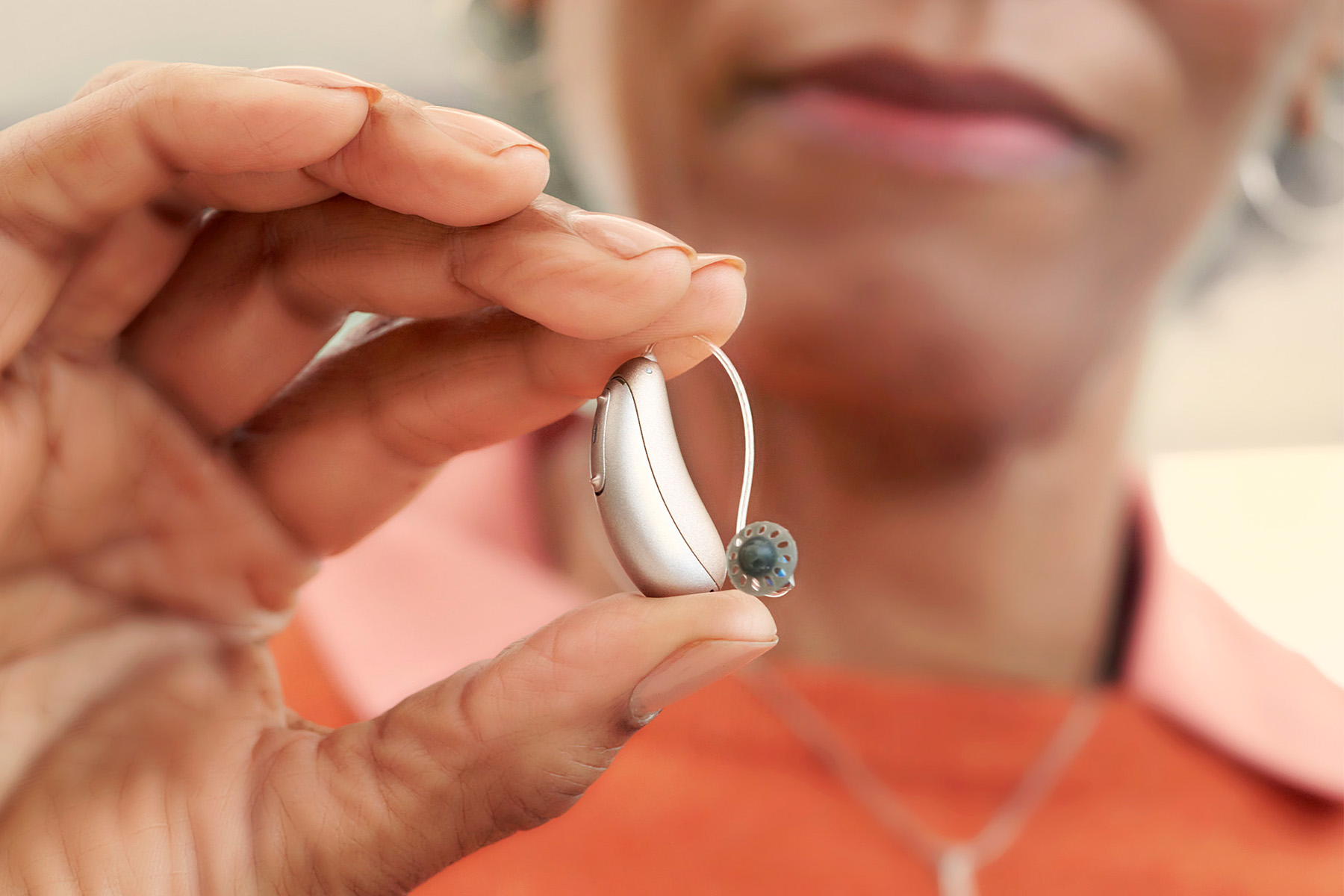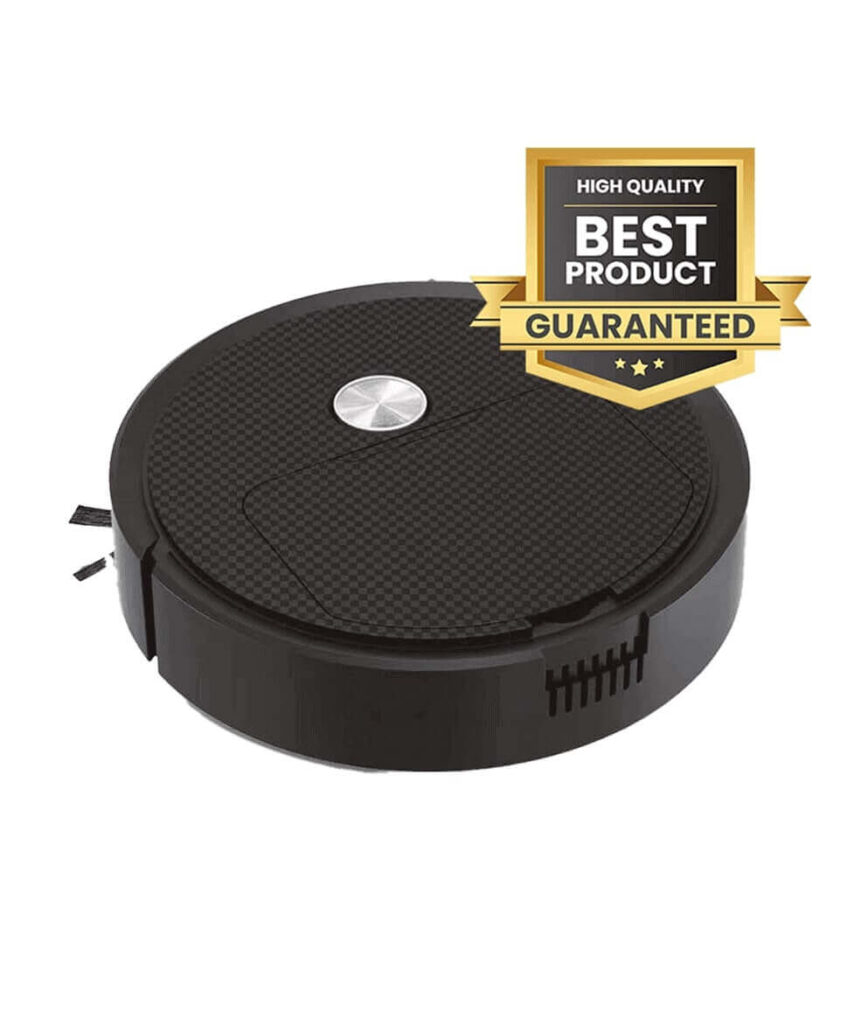Introduction:
Hearing loss is one of the most common health challenges worldwide, affecting millions of people across all age groups. According to the World Health Organization (WHO), over 1.5 billion people globally experience some form of hearing impairment, and nearly 430 million require rehabilitation, including Hearing aids. Yet, despite the availability of modern solutions, many people delay seeking help, either due to stigma, cost, or lack of awareness.
Hearing aid are among the most effective tools for managing hearing loss. Far from being bulky, old-fashioned devices, today’s hearing aids are small, discreet, and technologically advanced, offering features like Bluetooth connectivity, rechargeable batteries, and AI-powered sound adjustments.
This article provides a comprehensive guide to hearing aids—what they are, how they work, their benefits, types, latest technologies, buying tips, common myths, and answers to frequently asked questions.
Click Here to Buy “Hearing AID” – Limited Time Discount!
What Are Hearing Aids?
A hearing aid is a small electronic device designed to amplify sound for people with hearing loss. It helps make sounds clearer and louder, making communication easier in different environments.
A modern hearing aid has three main components:
- Microphone – Captures sound waves and converts them into digital signals.
- Amplifier/Processor – Processes and boosts sound while reducing background noise.
- Receiver (Speaker) – Sends the amplified sound into the ear canal.
Some hearing aids also include advanced features like wireless streaming, tinnitus masking, directional microphones, and machine-learning algorithms that adapt to the user’s environment.
How Do Hearing Aids Work?
The process is simple yet sophisticated:
- Sound detection – The microphone picks up environmental sounds.
- Digital processing – The processor cleans up and amplifies speech while minimizing background noise.
- Output – The receiver delivers clearer sound directly into the ear canal.
Many modern devices can even learn user preferences, automatically adjusting volume and frequency emphasis in different environments, whether it’s a quiet room, a noisy restaurant, or a concert hall.
Types of Hearing Aids:
Choosing the right hearing aid depends on the severity of hearing loss, lifestyle, and comfort preferences. Below are the main types:
1. Behind-the-Ear (BTE)
- Worn behind the ear with a small tube connecting to an earmold inside the ear canal.
- Suitable for mild to profound hearing loss.
- Long battery life and powerful amplification.
- Discreet modern designs.
2. Receiver-in-Canal (RIC)
- Similar to BTE but with the receiver placed in the ear canal.
- More natural sound quality and less bulky.
- Popular choice for mild to severe hearing loss.
3. In-the-Ear (ITE)
- Custom-made to fit inside the outer ear.
- Easier to handle for people with dexterity issues.
- Available in full-shell or half-shell versions.
4. In-the-Canal (ITC)
- Fits partly in the ear canal, making it less visible.
- Suitable for mild to moderate hearing loss.
5. Completely-in-Canal (CIC)
- Virtually invisible, fitting deep into the ear canal.
- Offers cosmetic appeal but may lack advanced features.
Click Here to Buy “Hearing AID” – Limited Time Discount!
Benefits of Using Hearing Aids:
Wearing a hearing aid goes beyond just improving hearing. It can significantly impact overall well-being:
- Better Communication – Enhances clarity, making conversations easier.
- Improved Relationships – Reduces frustration for both the wearer and loved ones.
- Mental Health Support – Lowers risk of anxiety, depression, and social isolation.
- Cognitive Health – Studies show untreated hearing loss can increase dementia risk; hearing aids help reduce that risk.
- Workplace Productivity – Improves focus and confidence in professional environments.
- Safety – Allows better awareness of alarms, traffic, and environmental cues.
Latest Technology in Hearing Aids:
Modern hearing aids are more than just amplifiers—they are miniature smart devices. Here are the latest advancements:
- Bluetooth Connectivity – Stream calls, music, and TV audio directly.
- Rechargeable Batteries – Eliminates constant battery replacement.
- Artificial Intelligence (AI) – Learns and adapts to user preferences.
- Noise Reduction – Filters out background noise for clearer speech.
- Directional Microphones – Focuses on sounds in front of the user.
- Remote Adjustments – Audiologists can adjust settings via smartphone apps.
- Tinnitus Masking – Plays soothing sounds to relieve ringing in the ears.
Choosing the Right Hearing Aid: A Buyer’s Guide:
Before investing in a hearing aid, consider the following:
- Hearing Test – Get a professional audiologist evaluation.
- Type of Hearing Loss – Mild, moderate, severe, or profound.
- Lifestyle Needs – Do you need them mainly for quiet conversations, work meetings, or noisy social settings?
- Comfort and Fit – Try different models for comfort.
- Technology Features – Decide which advanced features you need.
- Budget – Hearing aids can range from $800 to over $5000 per pair.
- Trial Period – Many providers offer 30–60 day trial periods.
Click Here to Buy “Hearing AID” – Limited Time Discount!
Common Myths About Hearing Aids:
Many people hesitate to use hearing aids because of misconceptions:
- Myth 1: Only old people need hearing aids.
→ Reality: Hearing loss affects all ages, including young adults. - Myth 2: Hearing aids restore hearing to normal.
→ Reality: They don’t cure hearing loss but significantly improve clarity. - Myth 3: They are bulky and noticeable.
→ Reality: Modern hearing aids are nearly invisible. - Myth 4: They don’t work in noisy environments.
→ Reality: Advanced models include noise reduction and directional microphones. - Myth 5: Hearing aids are unaffordable.
→ Reality: There are affordable options, plus insurance or government support in some countries.
Caring for Your Hearing Aids:
To ensure long life and performance:
- Clean daily – Remove earwax and moisture.
- Store safely – Keep in a dry, cool place.
- Change filters – Replace wax guards regularly.
- Recharge or replace batteries – Follow manufacturer’s instructions.
- Schedule check-ups – Visit an audiologist for adjustments and maintenance.
The Future of Hearing Aids:
The hearing aid industry is rapidly evolving. Some upcoming innovations include:
- AI-driven language translation built into hearing aids.
- Health monitoring sensors (heart rate, oxygen levels).
- Augmented reality audio experiences for better sound immersion.
- Smaller, self-adjusting devices that don’t require frequent audiologist visits.
Conclusion:
Hearing aids are life-changing devices that restore not just hearing, but also confidence, independence, and quality of life. With today’s advanced technology, they are smaller, smarter, and more effective than ever before. Whether you’re struggling with mild hearing difficulties or profound loss, seeking professional help and considering hearing aids can make a world of difference.
Don’t wait until hearing loss limits your lifestyle. The earlier you act, the better the outcomes—for your hearing health, mental well-being, and relationships.
Click Here to Buy “Hearing AID” – Limited Time Discount!
Frequently Asked Questions (FAQs)
1. How long do hearing aids last?
Typically 5–7 years with proper care.
2. Can I sleep with hearing aids?
Not recommended; they should be removed at night.
3. Are hearing aids waterproof?
Most are water-resistant, but not waterproof. Avoid swimming or showering with them.
4. Do hearing aids work for tinnitus?
Yes, many include tinnitus masking features.
5. Can I buy hearing aids online?
Yes, but it’s best to consult an audiologist for proper fitting and testing.
6. Are hearing aids covered by insurance?
Coverage varies by country and insurance provider.




